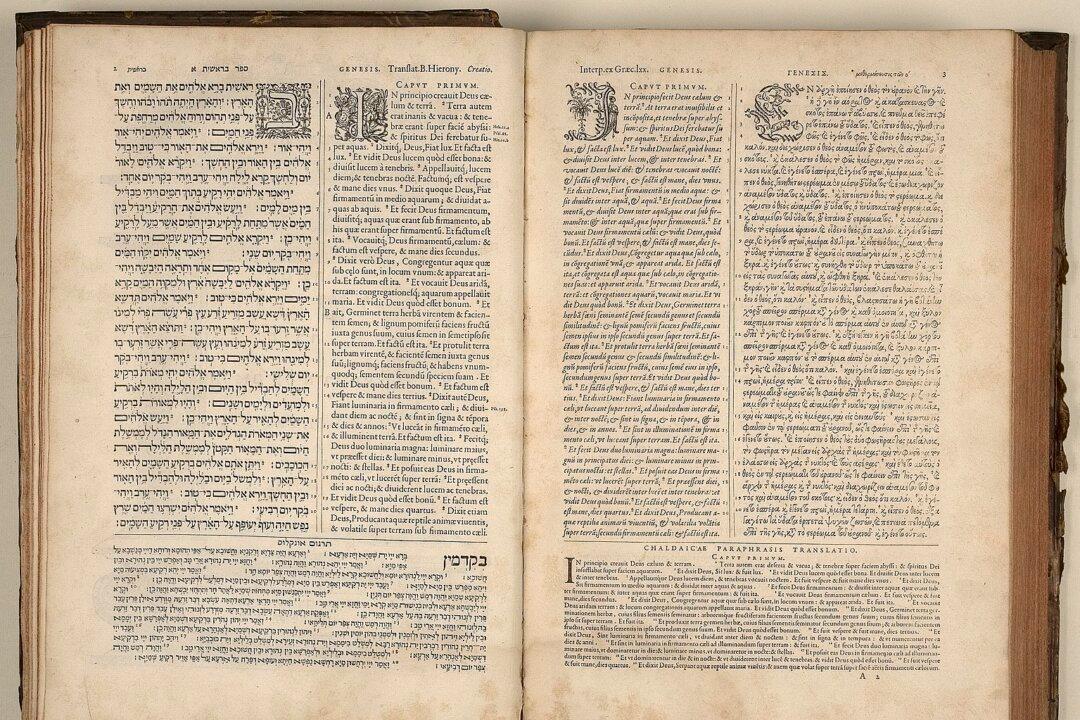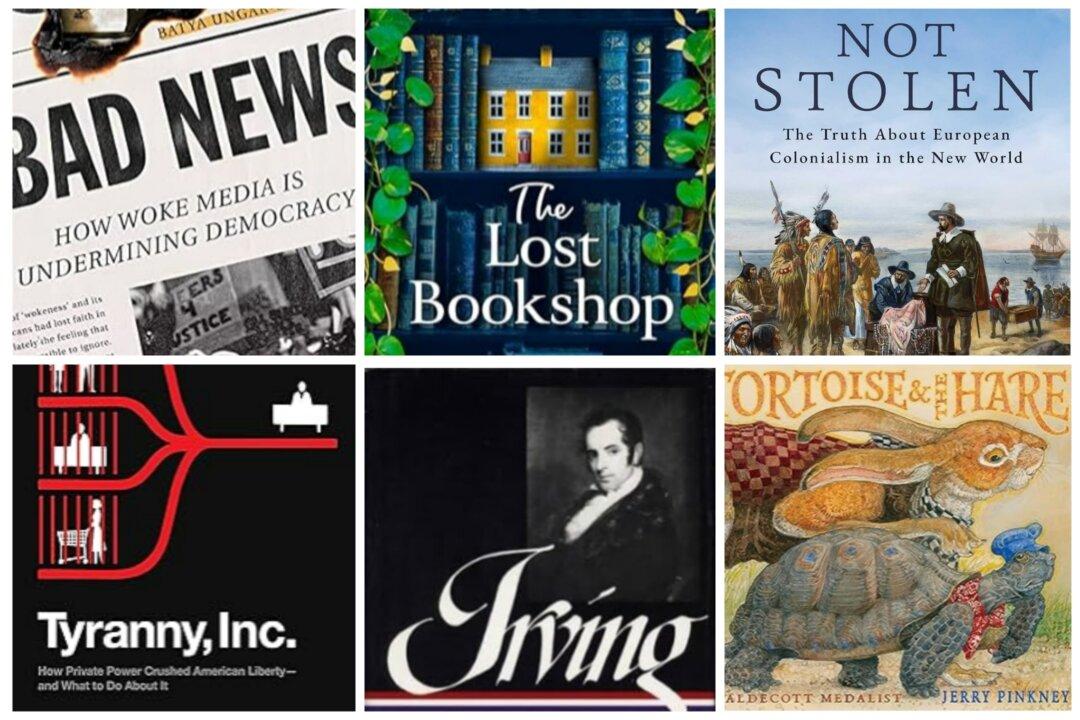I remember the first time I was shown a book with a fore-edge painting (scene painted on the edges of the pages). I was blown away. At first glance, it’s a book with gold-tinged edges, but when those pages are slightly fanned, an intricate scene presents itself. The earliest of these paintings date back to the 10th century. Early designs were decorative or heraldic, but by the 17th century, artists were painting involved landscapes, religious scenes, and portraits.
Books like these will likely be forever preserved in my mind.






